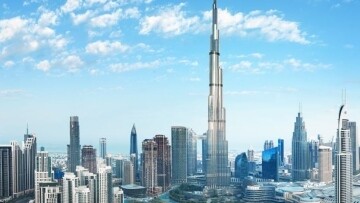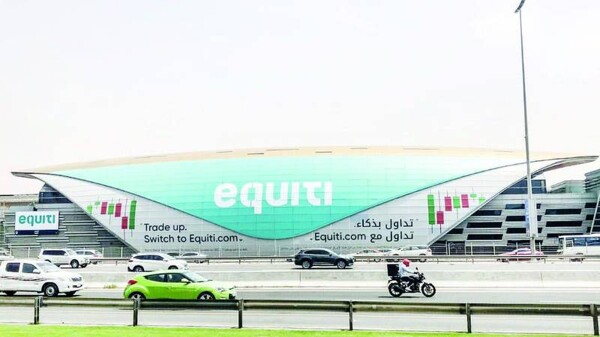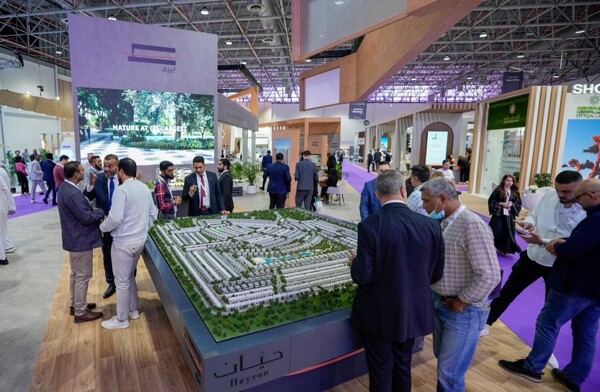
International reports of specialized research firms in the field of construction and infrastructure highlighted the position of the UAE as one of the most active construction markets in the region and across the globe. Reports predict that the infrastructure sector of the country will continue to grow in 2025, thanks to ongoing and upcoming development projects.
The UAE is expected to achieve an average growth rate of 5 percent from 2025 to 2030, as indicated by market research firm 'Mordor Intelligence.' These projects underscore the global competitiveness of the infrastructure sector of the country, which is engaged as both local and international key players.
'MarkWide Research,' a consulting firm, also emphasized that the UAE's obligation to the development of global-class infrastructure positions it as a global hub for trade, tourism, and investments. This growth will be supported by the government and the private sector, initiating quality projects alongside increased investments in infrastructure across various sectors such as transport, renewable energy, and real estate.
ProTenders, a leading platform for construction intelligence and electronic tendering, also confirmed that the UAE is one of the most active construction markets in the Council of Arab Cooperation of the Persian Gulf, with more than 52 percent of active projects in the planning, design, or tendering stages.
According to ProTenders, the cost of planned construction projects at the beginning of the current year amounted to about 112 billion dollars, while projects in the development stage are estimated at 56.5 billion dollars, and proposals exceed 62.8 billion dollars. ProTenders is currently tracking a number of ongoing and upcoming construction projects in the UAE with a total value of 772 billion dollars.
The country boasts a modern and effective infrastructure network, including transport, energy, telecommunications, and industrial development.













